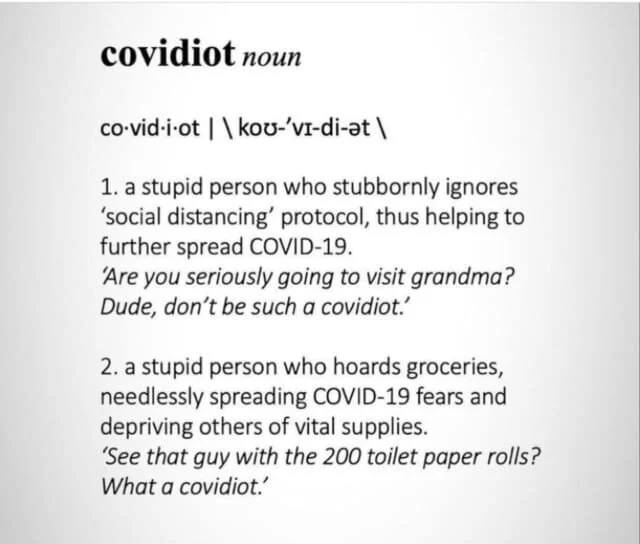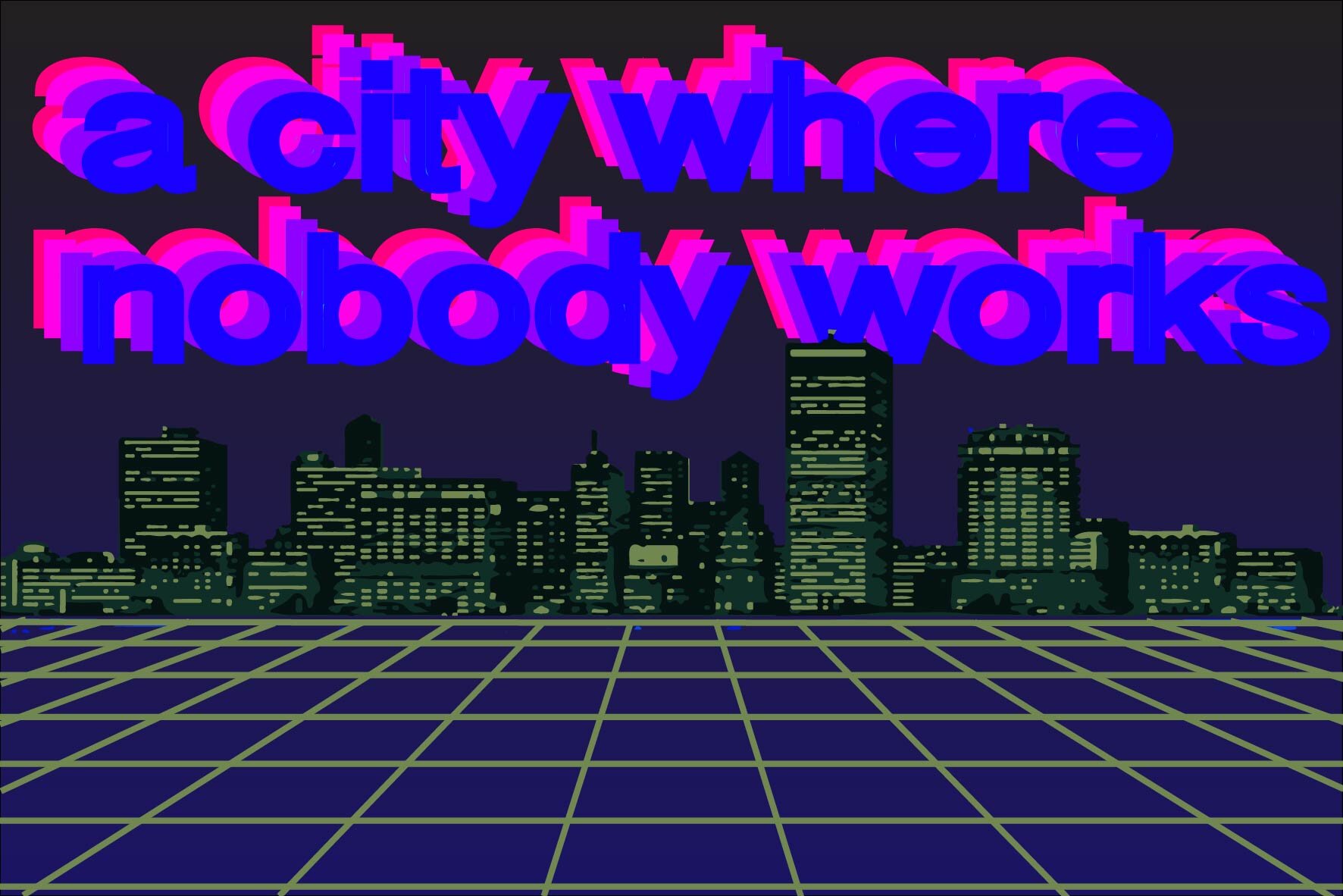Peewee Golf in the Great Depression,
or
Spatial appropriation and experimentation in America’s economic meltdown
The Great Depression witnessed one of the greatest flourishings of urban hacking in recorded American History. One extremely bizarre—and seemingly frivolous—example of this was the massive deployment of do-it-yourself miniature golf courses that spread like a behavioral virus in the deep, dark years of the Depression.
Prior to the Great Depression, the popularity of peewee golf had been on a steady ascendency since its first mention in a 1912 issue of The Illustrated London News, especially with the invention of artificial turf by inventor Thomas McCulloch Fairbairn in 1922. Opportunistic entrepreneurs, seeing a chance to turn a quick profit, seized on the occasion of the sport's popularity and opened thousands of mini golf courses around the country, capitalizing on the lower operating costs afforded by artificial turf (it would not need to be watered, mowed or fertilized). The fantastical courses designed and built by these new mini-golf “barons” became a fixture in the early twentieth-century American psyche—one that economic devastation could not wipe out.
It is estimated that during the Great Depression, over 25,000 mini golf courses were created. If the pre-Depression entrepreneurs had begun the work of extending the terrain of America’s new favorite miniature pastime, it paled in comparison to what creative (and often desperate) people all over the nation made of the tiny sport in thewake of the market’s 1929 crash. In those desperate times, miniature golf “became a devastating craze in every part of the United States,” according to a 1930 London Times article, with “at least 10,000 ‘tabloid’ courses . . . in full blast night and day.” (1) A puzzled 1929 New York Times article (fig. 1) described the spring/summer of that year as yet “the most successful outdoor season of [miniature golf’s] youthful career,” (2) and yet the craze continued to flourish well into the 1930’s. How was this possible in the economic climate of the Depression?
The market’s crash lead to a suspension of exchange value as the only plausible economic logic in the city. As Andrew Herscher has argued in reference to contemporary Detroit, new urban practices—what he calls “unreal estate” practices—“emerge . . . when the exchange value of property falls to a point when that property can assume use values unrecognized by the market economy.” (3) This is precisely the condition that was generalized across the entire United States (and beyond) when the stock market crashed in 1929. Remarkably, rather than simply resigning themselves to a sad and reticent poverty, the people of the Great Depression generalized conditions that, as the New York Times article had remarked upon, had previously been relegated to beach resorts. Making the most of the situation, and sometimes in an attempt to start a tiny business for themselves as a way of generating a small income, thousands of people extended theverdant terrain of urban leisure to sites that had been vital economic assets before the Depression. In cities like New York, inner-city rooftops (see fig. 3 & 4) were carpeted with Fairbairn's artificial turf, becoming a strange archipelago of elevated grassy islands ornamented with whatever tickled their creator’s fancies (typically using whatever was available for obstacles), and relying on existing urban conditions for functionality and amenity. Urban courses would pop up (as in fig. 2), beside brightly illuminated billboards and other sources of ambient urban light, where players could play long into the night, making the most of the light pollution spilling down from their various sources. Vacant lots and halted construction sites were a favorite location for the adventurous peewee golfer, who could tap his or her ball into half-completed drainage pipes or along slantedsteel structural elements as part of the game. So popular were some of the features introduced by these kinds of ‘whatever-happens-to-be-on-hand’ obstacles that they were permanently incorporated into the sport, even after the economic turmoil was over. Incredibly, even upscale restaurants, unable to fill tables in post-crash economic conditions, promptly converted large areas of their floorspace to miniature golf courses, replacing tables that were unlikely to bring in an income. As a fantastic image of this phenomenon illustrates(fig. 5), the benefit of having such a course indoor was that it could be ornamented with tropical plants and more delicate decorations and obstacles that would not survive in the outdoors. Perhaps unthinkable today, such conversions were widespread in the 1930’s. As Mel Scott put the matter,
"Suddenly this version of a noble Scottish sport became the national craze . . . . Vacant lots all over cities presently were converted into tiny golf courses on which players putted under the glare of electric lights far into the night. These amusement parks-in-little caused no problems in commercial areas, but those in residential neighborhoods brought outcries from residents whose sleep was disturbed by the illumination and by the loud conversation and laughter of patrons." (4)
Eventually, the peewee golfer’s takeover of the city was thwarted by the concerns of self-interested homeowners, who, after 1934 under the newly-established Federal Housing Administration’s (FHA) relief aid, faced the possibility of being deemed ineligible for federally-guaranteed loans if there were persistent non-conforming uses of space in their neighborhoods. ineligible areas, as the so-called “redlined” inner-city neighborhoods would soon show, were subject to declining real estate values, since the inability to secure an affordable loan with federal guarantees made buying in the area prohibitive and also unwise from an investment point of view, since future buyers themselves would be unable to secure a loan. The state-backed relief efforts were extremely effective precisely because they reversed the conditions that lead to the miniature golf experimentation to begin with. market values once again became the prevailing value system reigning over urban space, and lead directly to a decline in the bizarre and spontaneous “unreal estate” values that had turned rooftops into miniature golf courses. “Eventually planners agreed that miniature golf was a commercial form of recreation inappropriate in residential zones,” Scott explains, yet it is unlikely that the police power of zoning ordinances alone were ultimately the most effective regulatory force in shutting down the peewee golf courses. (5) Perhaps most effective of all, however, was the fact that neighborhood-based loan eligibility criteria published in the FHA Underwriting Manual meant that the homeowners themselves were incentivized to police their own neighborhoods, for fear of losing access to federal subsidies. A whole population of homeowners had, according to a newly defined (and state-created) set of interests, every reason to condemn this entertaining encroachment, and to make sure that it did not interfere with the fungibility of their real estate investments.
Notes:
- "Miniature Golf." Times, 29 Aug. 1930: 15. The Times Digital Archive. (London, England) Web. 7 Feb. 2015.
- “MINIATURE GOLF WINS FAVOR: Diminutive Courses of the Beach Resorts Now Set Up in Manhattan Buildings,” New York Times, (New York, N.Y) 06 Oct 1929: SM10.
- Andrew Herscher, The Unreal Estate Guide to Detroit, (Ann Arbor: University of Michigan Press, 2012) pg. 9.
- Scott, Mel. American City Planning Since 1890. (Berkeley: University of California Press. 1969), pg. 278-79.
- Ibid. pg. 279.























